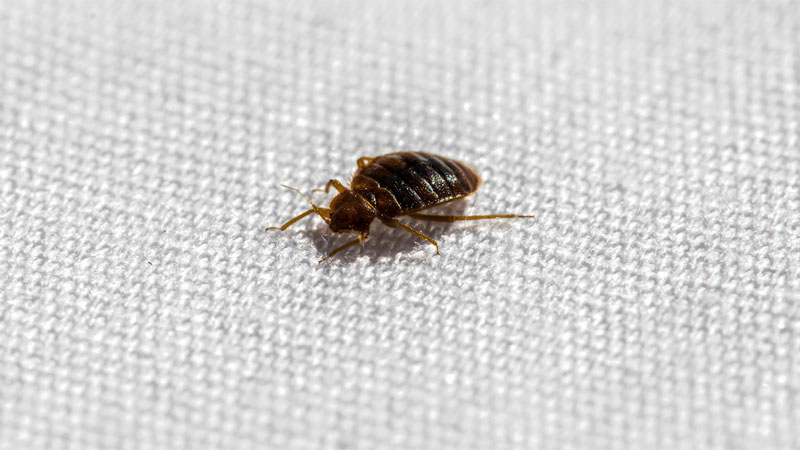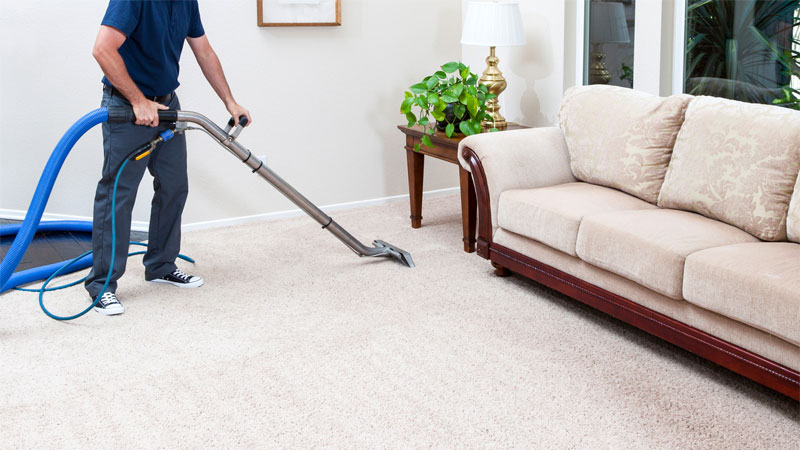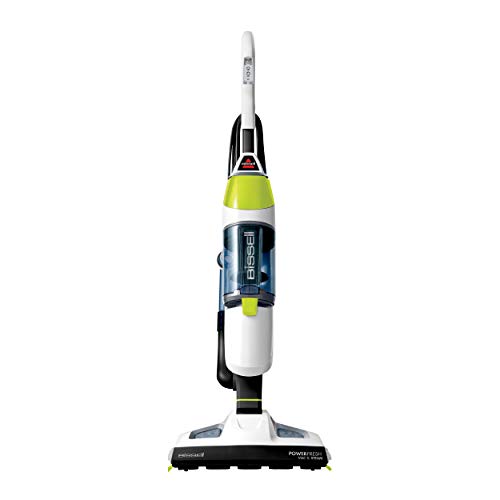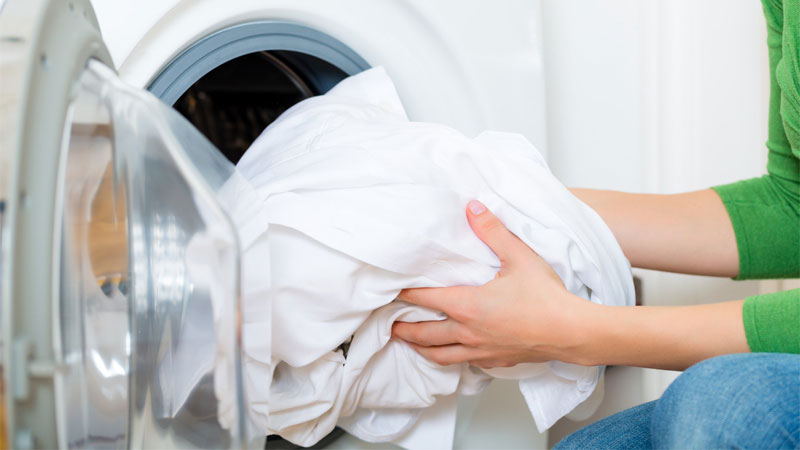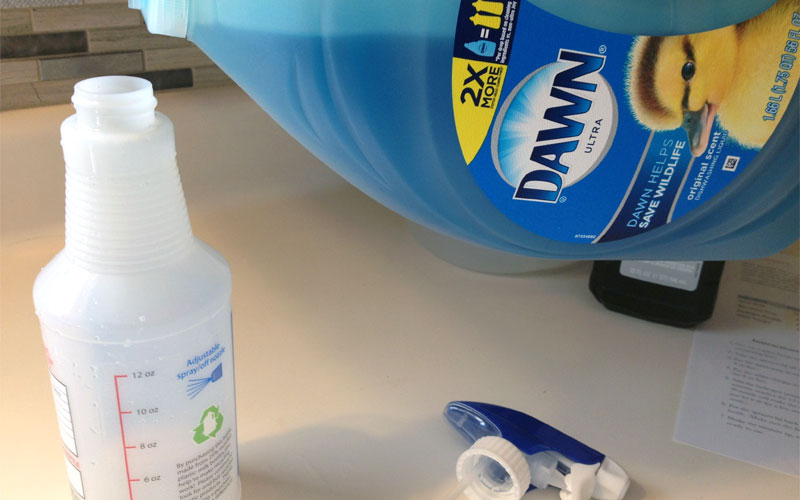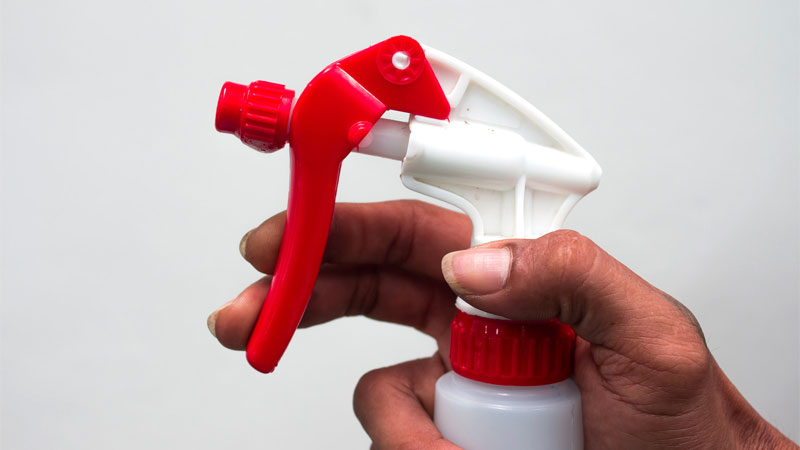Bed bugs are one of the most feared critters in the Western World. While not as terrifying as roaches, they’re resistant to many chemicals and leave nasty bites. Your first instinct may be to squish or drown one when you see it, since these are usually effective.
But can bed bugs drown in water or are you just delaying the inevitable? Let’s take a look at how water affects bed bug infestations in every life stage, as well as what makes it more or less effective.
Read Also: Can Fleas Drown in Water?
Can Bed Bugs Survive in Water?
Believe it or not, this isn’t a simple yes or no question. In fact, a lot of factors can come into play that affect a bed bug’s chances of survival in water.
Their size and shape has a lot to do with this issue, for example. Bed bugs are flat and round, giving them a large surface area. They’re also very small, which means they won’t break the surface tension. Much like fleas in water, this means they have to be submerged or they’ll simply float to safety.
Do Bed Bugs Drown in Water if Submerged?
These critters aren’t very good at swimming, but their bodies naturally keep them on top of the water. A fresh blood meal can increase the chance of them breaking tension. However, you may have to manually push them under the surface.
Once submerged, a bed bug will drown, but how long this process takes can be affected by the water temperature.
How Long Can Bed Bugs Survive in Water of Various Temperatures?
Cooler temperatures will slow the bed bug’s metabolism, allowing them to drown more slowly. Submerged bed bug eggs will remain viable for up to 24 hours before the developing nymph inside is killed.
High temperatures will kill a bed bug more quickly, although you’ll need to use water that’s nearly boiling to see fast results.
But wait, we’re just talking regular water here. What happens if we add some new variables to potentially make the water more deadly?
Read Also: Can Bed Bugs Climb Any Surface?
Bed Bugs vs Steam Cleaners
Steam is an amazing tool when it comes to cleaning, and you’ve heard us say over and over again that owning a steam vacuum (like this one) is one of the best pest control tactics out there. So just what will it do against bed bugs?
Benefits of Steam Cleaning
Steam is a far more effective cleaning tool than suction (vacuums) or scrubbing. Most steam cleaners work through a multi-step process.
The water is first heated and sent to the nozzle where it’s mixed with a detergent. This mixture is then released under pressure, pushing the detergent into the pores of a surface. Finally, the excess water is sucked back up into the cleaner, pulling dirt and other particles with it.
Steam cleaners can reach high temperatures, allowing them to kill many pests. The water pressure also dislodges eggs and nymphs, allowing them to be sucked up for disposal. In the end, you’re left with a much cleaner, newer-feeling surface.
See Also: What Temperature Will Kill a Mosquito?
The Importance of Buying the Right Model
That said, not all steamers are created equal. Some skip one or more of the steps listed above while others add extra steps. Also, the temperature can be hotter or cooler depending on the model.
Commercial steamers tend to be the best choice, even though they’re several times more expensive than the ones you can pick up at your local big box store.
And temperature is the key here. The minimum temperature you’ll want is 160 degrees. Anything weaker than that won’t kill the bed bugs before you’re done cleaning.
The good news is you can still use a cooler stem cleaner to some effect. When the soapy water hits a bed bug, it will be unable to flee, allowing it to be sucked up into the canister where it will eventually drown.
- Vacuum and steam your hard floors at the same time.
- Sanitize floors using the natural power of steam, eliminating 99. 9% of germs...
- Easy Touch Digital Controls to switch between vacuum, steam or both.
Taking Advantage of Bed Bug Weaknesses
Using the steam cleaner to exterminate bed bugs isn’t very different from using it for basic cleaning. Begin by switching to a larger nozzle, as the pin-point nozzle is too powerful and will simply blow the bed bugs away instead of trapping them in the steam.
You’ll want to make sure the temperature is set to 160 degrees or higher if your model has temperature control.
Go over the target area, taking your time. If using a floor nozzle, this can take a bit longer than medium-sized nozzles but will still work. Be sure to dispose of the canister contents safely, especially if you were cleaning at a lower temperature.
Do Bed Bugs Drown in Washing Machines?
The washing machine can be an effective weapon against all sorts of nasties, but will it work against bed bugs?
On its own, the washing machine may not be enough. The hot, soapy water can kill a few nymphs and adults but they won’t be exposed long enough to kill them all. However, your washer can do an incredible job when used as part of a one-two punch.
Begin by carefully transporting the infested fabrics to your washer – you don’t want any bed bugs falling out and infesting other parts of your home!
Once in the washer, you can use your regular detergent, but the washer needs to be set at the highest heat level your linens can handle. For some linens that cannot take high heat, using color safe bleach or OxyClean may help with the killing spree.
As soon as the washer stops, you need to transfer the laundry to the dryer and run that on the highest setting your linens will allow. Between the washer and dryer, the bed bugs will suffer from a combination of deadly traps, including drowning and high heat.
It’s almost unheard of for even the highly durable eggs to survive such an attack.
Related: How Long Can Bed Bugs Survive in a Plastic Bag?
Bed Bugs vs Soapy Water
And now we come to a topic that can be far more complicated than it should be. A lot of this comes down to how you’re using the soapy water and your expectations of it.
Simply washing a surface in soapy water will do next to nothing, but there are ways to make soapy water more deadly. Here are a few things you need to know before relying on this method completely.
Emulsions 101
When adding soap to water, you’re creating what is known as an emulsion. Emulsions are where the surface tension of water no longer exists. They’re are used for all sorts of tasks, but the most common one is to make it possible to mix oil and water.
In the world of pest control, they can also be used to kill bugs. Dawn dish soap, pure castile soap, and insecticidal soap are the three most common (and least toxic) types of soap used for this purpose.
The Bucket Method
Do you remember how we said earlier that bed bugs can live for several days as long as they’re floating? Well what happens if you take away the surface tension before dropping one in?
The bed bugs will submerge, clogging their airways and causing them to slowly suffocate. The process is more efficient if the water is hot. However, this does require you to catch the bed bugs in order to drop them in.
The Spray Method
The other option that actually does something is to put your emulsion into a spray bottle and pretend you’re in the wild west.
The soapy water will only work if you hit the bed bugs directly, at which point the soap can clog their airways and suffocate them. On its own, this method will provide some limited success, but it’s useless against bed bug eggs.
Bed Bugs vs Water-Based Sprays
But what if we take that emulsion to the next level? By adding an extra ingredient to the mix, you can make the spray far deadlier. However, most of the remedies we could mention only serve to repel the bed bugs. This includes the use of essential oils and garlic sprays.
The only thing that can prove truly deadly is neem oil. This chemical will disrupt the bed bug’s ability to reproduce and can prevent nymphs from reaching adulthood. The spray will suffocate any bed bug it comes in contact with. Again, you’re left with the need to actually hit a target that’s doing its best to not be seen.
The Verdict (and a Water Alternative)
So there you have it. Water can be a killer, but its effectiveness varies greatly. On a scale of 1 (water? What’s that?) to 5 (total annihilation), the methods we mentioned score as follows:
| Method | Effectiveness (1 to 5) |
|---|---|
| Plain water | 1 |
| Steam Clean (Non-Commercial) | 3 |
| Steam Clean (Commercial) | 5 |
| Washing Machine | 3 |
| Washing Machine + Dryer | 4 |
| Soapy Water Spray | 1 to 2 |
| Bucket of Soapy Water | 3 |
| Emulsion-Based Spray | 2 to 4 |
Obviously, the results are pretty disappointing, so what about a similar alternative?
Rubbing alcohol at 91% or better can be an excellent killer, but it won’t kill immediately and you must make direct contact. Bleach, Fabuloso, and other cleaning products are also effective to varying degrees but rely on contact.
Thus, the only liquid options with a good track record are residual pesticides, which need to be switched each use to avoid creating superbugs.
- How to Get Rid of Hawks - March 8, 2024
- How to Get Rid of Pill Bugs (Rolly Pollies) - March 1, 2024
- How to Get Rid of Groundhogs (Woodchucks) - February 5, 2024


